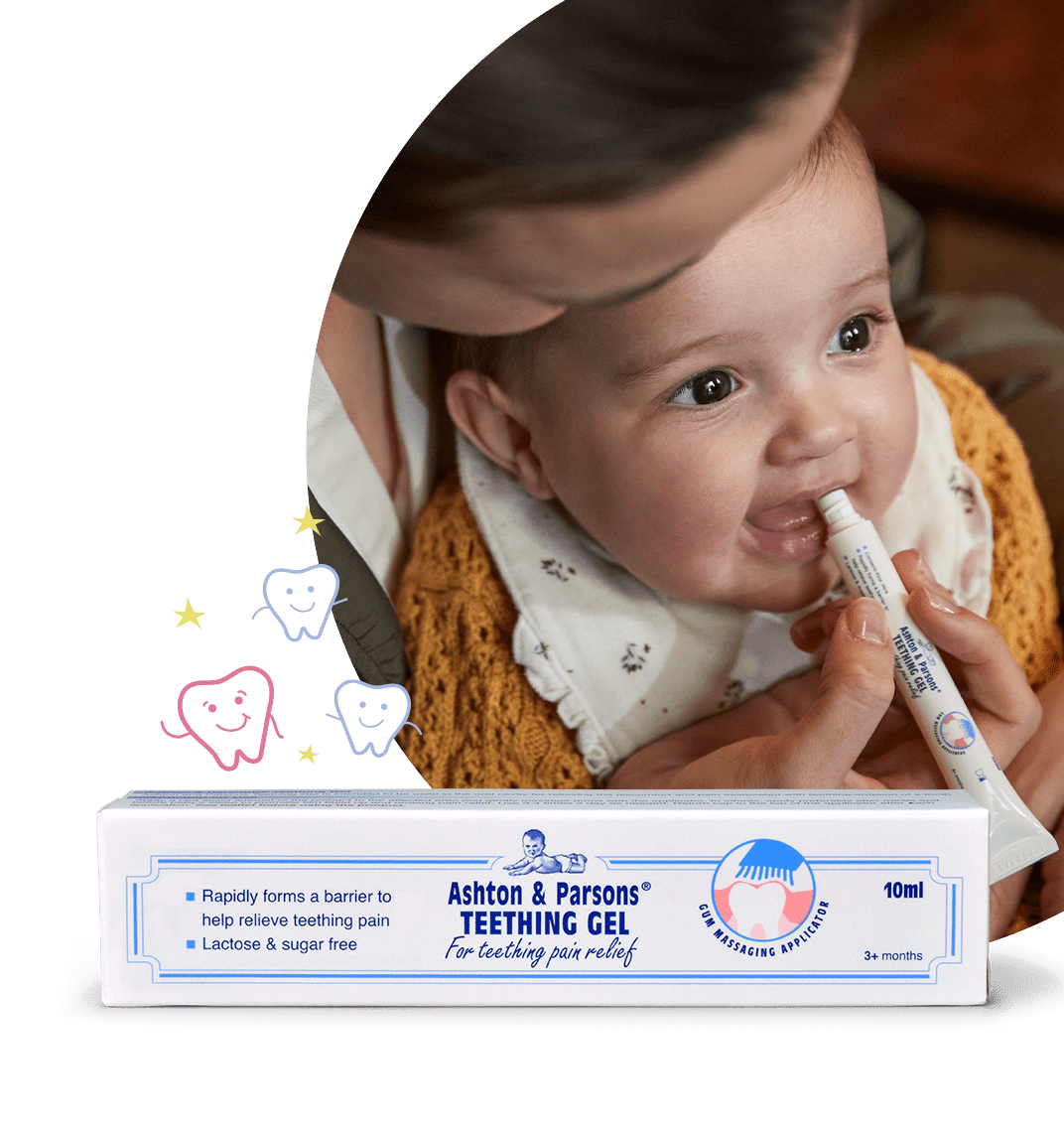The sun has got its hat on and the lovely Dr Sarah Brewer gives mum and dads her top tips on keeping little ones safe in the sun…..
When the sun is shining, one of the nicest ways to spend an afternoon is by sitting in the garden with your baby, strolling in the park or even visiting the beach if you’re lucky enough to live by the coast.
Many mums worry about how to protect their little one from the sun while still ensuring they get enough vitamin D, which is made in the skin when exposed to sunlight. In fact, young babies have delicate skin which burns easily, so you should always keep their skin protected by sunblock, and provide their vitamin D in the form of supplement drops, as explained below.
Choosing your sunblock
Select a product specially designed for babies’ delicate skin, and which is labelled SPF50+. That extra little plus sign is important, as these offer ‘very high protection’ against UVB rays (even more than SPF50, which is classed as ‘high protection’). Also look for a good level of protection against UVA rays, which is often shown by a star rating (four or five stars is most protective). Products whose UVA protection is at least a third of the labelled SPF rating will also have a UVA logo, which is the letters UVA inside a circle. These products are sometimes described as ‘broad spectrum’.
When faced with a wall of brightly coloured bottles and cartons, it’s not always easy to work out which offers the best protection. If uncertain, you can always ask a pharmacist for advice.
Applying the sunblock
Apply sun protection 15 to 30 minutes before going outside, so it has chance to interact with the skin for maximum effectiveness. Don’t skimp – you will need around 5ml (a teaspoon) of sunscreen for each of your baby’s arms and legs, and another 5ml for their face/neck/ears. If their front and back are also likely to be exposed – eg for paddling – these will each need another 5ml sunblock, too. And don’t forget to protect yourself!
Although many products say they only need to be applied once a day, the British Association of Dermatologists recommend that sunscreen is re-applied liberally ever couple of hours, as this ensures you have used enough, and that any exposed patches you may have missed first time around get protected.
Cover up
Keep your baby’s skin covered with cool, cotton clothes as much as possible. Pop on a wide-brimmed hat and if you don’t have a sun parasol fitted, keep the hood down on their stroller so they stay in the shade. This is especially important during the hottest part of the day from 11am to 3pm.
At least 30% of UV rays still penetrate into shady areas and under parasols – especially near reflective surfaces – so sunscreen is still important. And don’t forget that UVA easily penetrates through fluffy white clouds, so even if it’s overcast, still apply the sunblock before going out.
Keep them hydrated
When my twins were babies, we used a little sun tent that offered SPF 40 protection for peace of mind, and many different versions are now available. It can get quite hot inside these, however, so keep taking them out to check they are not overheating. Offer regular sips of water in between feeds, too, so they don’t become dehydrated.
What about vitamin D?
Although it’s true that vitamin D is made in the skin on exposure to sunlight, this process is not always efficient in very young babies, and their risk of burning means they should not be exposed to the sun without skin protection. The Department of Health advises that all babies, and young children under the age of five years, should be given a vitamin D supplement unless they are having more than 500ml a day of infant formula, which will provide the vitamin D they need. You can buy vitamin D drops in pharmacies and supermarkets, of get them free if you qualify for the Healthy Start scheme.
Have fun!
Don’t let fear of the sun stop you going outdoors with your baby – the fresh air and exercise are good for both of you. Introducing your baby to the wonders of nature is one of the happiest times, so make the most of it.
Refs
http://www.bad.org.uk/for-the-public/skin-cancer/sunscreen-fact-sheet#what-is-spf
http://www.nhs.uk/Livewell/Summerhealth/Pages/vitamin-D-sunlight.aspx
http://www.nhs.uk/Conditions/vitamins-minerals/Pages/Vitamin-D.aspx
Dr Sarah Brewer MSc (Nutr Med), MA (Cantab), MB, BChir, RNutr, MBANT
Sarah qualified from Cambridge University with degrees in Natural Sciences, Medicine and Surgery. After working in general practice, she recently gained a master’s degree in nutritional medicine from the University of Surrey.
As well as being a licensed doctor, Sarah is now also a Registered Nutritionist, Registered Nutritional Therapist and an award winning health writer. Sarah writes widely on all aspects of health and nutrition, including complementary medicine and the safe use of herbal remedies and vitamin supplements. She has written over 50 popular self-help books, is the Editor of YourWellness magazine, and a regular contributor to Prima, the Daily Mail, Daily Telegraph and other newspapers.
Sarah lives in the Channel Islands with her husband, three children, three tortoises, a cat and Jack Russell
Sign up for access to top teething tips, competitions, offers and more!Get teething tips straight to your inbox








